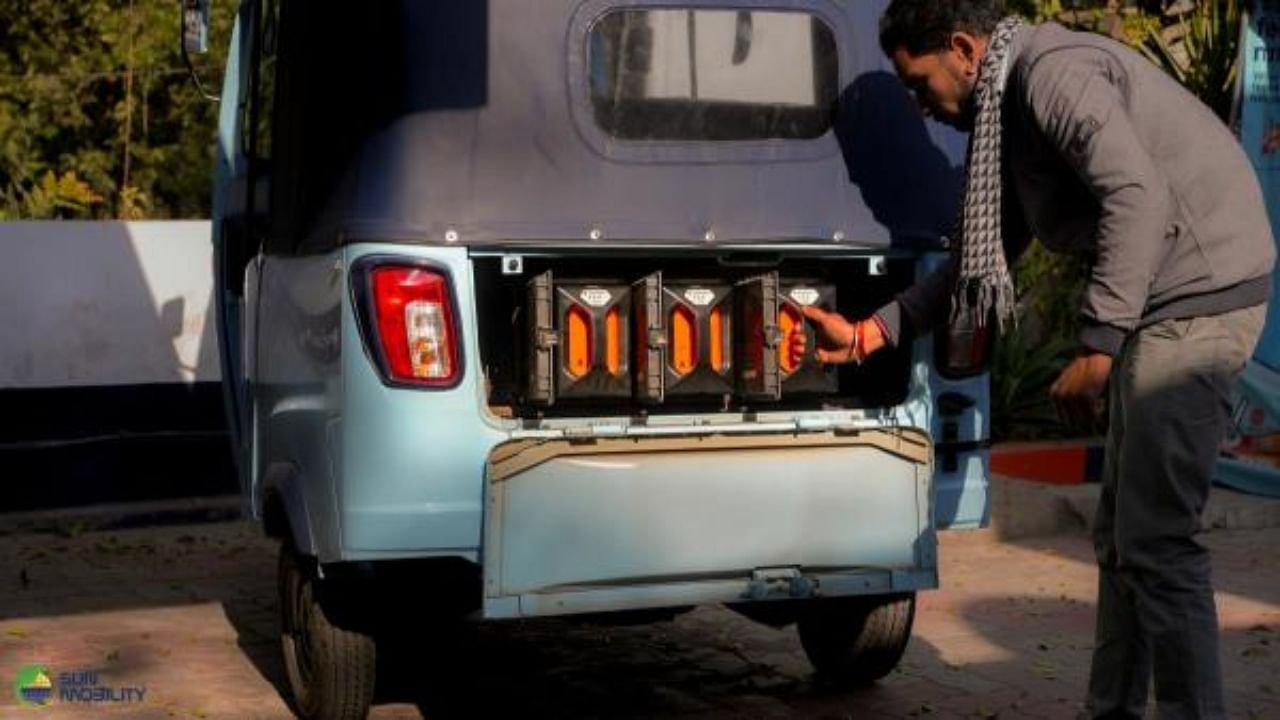
E-commerce and logistics firms in India are increasingly lining up to electrify their fleets in a bid to cut emissions and cope with high fuel prices, boosting prospects of the emerging Electric-Vehicles-as-a-Service (EVaaS) sector, according to fleet operators, automakers and industry experts.
The new-found focus on electrification is also attracting more investors to the fleet segment.
More than $160 million have been invested in electric vehicle (EV) startups in this segment starting from April 2020, as against $7 million in the period before that, showed data from Crunchbase, a private company database platform.
The transition to EVs is necessary, said Ankur Mittal, co-founder of early-stage investment platform Inflection Point Ventures (IPV).
“Using EVs for deliveries makes economic sense, has a positive impact on delivery and is also a sign of a good corporate statement,” he said, adding that the presence of a proof of concept and better infrastructure were making investors see the potential for great returns.
Early days
While fund flow to the segment has increased in the post-pandemic era, there is still a long way to go.
About $285 billion will be required to completely electrify India’s fleet of two and three-wheelers - the largest in the world, according to a WEF-NITI Aayog report.
It is in a nascent stage and needs financing since not many e-commerce and logistics players are willing to buy the vehicles, said Visakh Sasikumar, the founder of Fyn Mobility, a firm that provides EVs-as-a-Service. “They want to lease out the vehicles to maintain an asset-light model,” he pointed out.
Other EVaaS platforms agreed.
Most of the drivers don’t own electric vehicles, and even the companies don’t want to own them as they don’t have the charging infrastructure as their core competency, said Akash Gupta, the co-founder of Zypp Electric.
Some financing challenges also arise due to the low predictability of the life of an EV and unestablished resale value.
“For EVaaS to be frictionless, we need to make a marriage of the right product, finances and services,” said Sasikumar. He added that automated life prediction and optimising vehicle usage were a must.
Challenges aplenty
Others said the dearth of the right products for the segment was another challenge. Only a few original equipment manufacturers (OEMs) are making the right product.
“Supply needs to be right and scaled up. Acceleration of manufacturing quality products needs to happen,” Gupta said. Electrifying the routes that see more logistic carrier traffic is also key.
“From a business model perspective, EV makers also need to look at what percentage of delivery routes can be electrified,” said Kalyan C Korimerla, managing director and Co-Promoter of Etrio, an EV manufacturing company.
Worth betting on
Last-mile and urban delivery fleets are leading the adoption of electric two- and three-wheelers in India and are likely the first segments to transition completely to electric, said the WEF-NITI Aayog report.
E-commerce giant Amazon expects its India delivery fleet to have 10,000 EVs by 2025, while rival Flipkart aims to deploy 25,000 EVs by 2030.
More companies, including logistics players, are jumping on this bandwagon.
Besides being environment-friendly, there is social and economic sense in logistics companies switching to EVs, said Manish Gupta, the vice-president of business operations at intra-city logistics platform Porter.
“During vehicle operations, about 25% of the monthly costs go into fuel. These operational costs are 70% less for EVs,” he said, adding that other benefits included saving for the driver since EVs need far lower EMIs.
Other logistics firms agreed.
“EVs have enabled our delivery partners to save Rs 1.75 per kilometre on an average per order delivery. The cost efficiency aspect of EVs has helped us to ensure maximum retention of our delivery partners,” said Shadowfax co-founder and chief business officer, Praharsh Chandra.
Better economics and more earnings for operators have led to about 10 lakh two- and three-wheeler EV sales in the country so far. However, a lot more room for growth awaits since India has a two-and three-wheeler fleet stock of 25 crores.